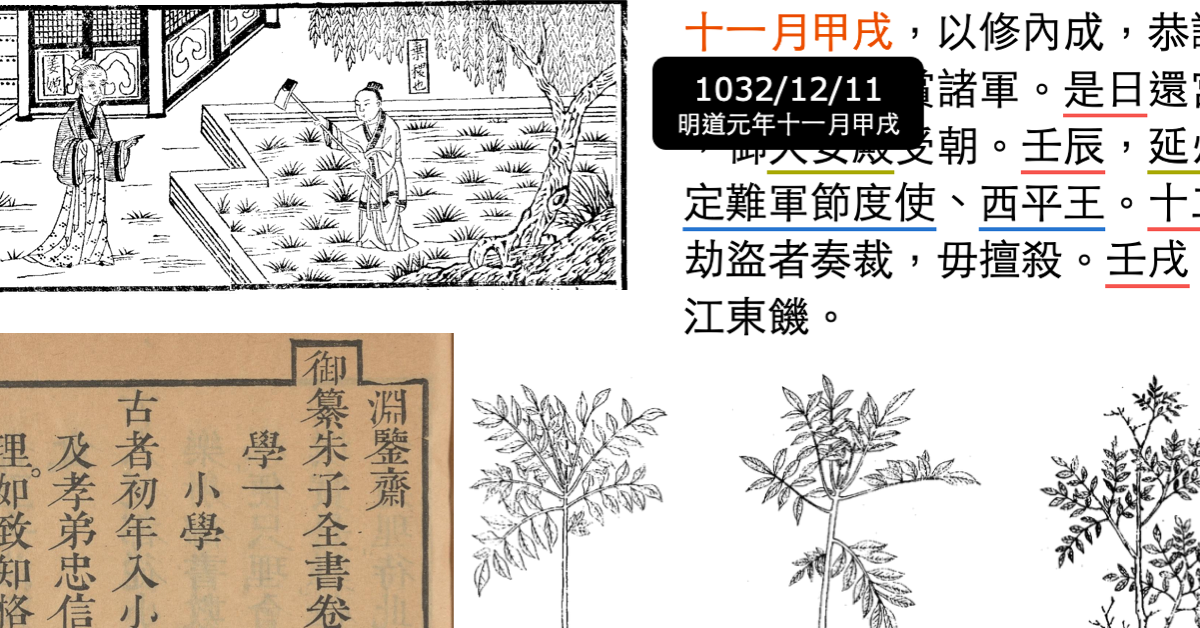Clarity,
Office 17622,
PO Box 6945,
London.
W1A 6US
United Kingdom
Phone/ Voicemail:
+44 (0)20 3287 3053 (UK)
+1 (561) 459-4758 (US).

Damn, you're making me do the work myself!Have some fun on this page, from our Uncle Hanzi

Thanks so much. Harmen has sent me some info as well.It's contemporary with the Zhou bronzes, at least its compilation is, so the bronze script is probably nearest. But I feel fairly safe imagining that those who originally committed the oracle to bamboo would have had some sense of the roots and history of the characters they were writing, and used that in their work.
Hi, David:Thanks Charley. Interesting references, but perhaps I maybe need to seek out those authors whom used these older ideograms and ask them why they included them, how they came to make a connection between the Yi (which I don't think was written on oracle bone script?) and these older characters?
Perhaps:
@hilary
@heylise
?

Clarity,
Office 17622,
PO Box 6945,
London.
W1A 6US
United Kingdom
Phone/ Voicemail:
+44 (0)20 3287 3053 (UK)
+1 (561) 459-4758 (US).